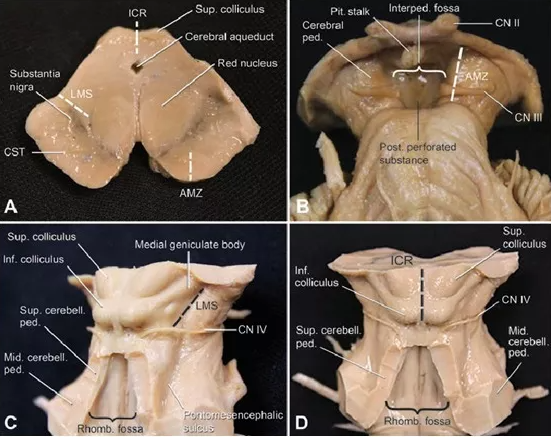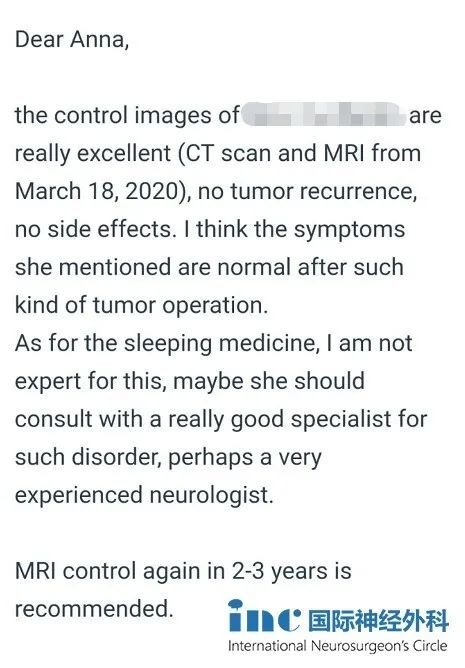Effects of artery input function on dynamic contrast-enhanced MRI for determining grades of gliomas
Abstract
Objective: To evaluate the effect of artery input function (AIF) derived from different arteries for pharmacokinetic modeling on dynamic contrast-enhanced magnetic resonance imaging (DCE-MRI) parameters in the grading of gliomas.
目的:探讨不同动脉的动脉输入功能(AIF)对动态增强磁共振成像(DCE-MRI)参数在胶质瘤分级中的作用。

Methods: 49 patients with pathologically confirmed gliomas were recruited and underwent DCE-MRI. A modified Tofts model with different AIFs derived from anterior cerebral artery (ACA), ipsilateral and contralateral middle cerebral artery (MCA) and posterior cerebral artery (PCA) was used to estimate quantitative parameters such as Ktrans (volume transfer constant) and Ve (fractional extracellular-extravascular space volume) for distinguishing the low grade glioma from high grade glioma. The Ktrans and Ve were compared between different arteries using Two Related Samples Tests (TRST) (i.e. Wilcoxon Signed Ranks Test). In addition, these parameters were compared between the low and high grades as well as between the grade II and III using the Mann-Whitney U-test. A p-value of less than 0.05 was regarded as statistically significant.
方法:收集49例经病理证实的胶质瘤患者,行DCE-MRI检查。以大脑前动脉(ACA)、同侧和对侧大脑中动脉(MCA)和大脑后动脉(PCA)为供体,用改进的Tofts模型估计定量参数Ktrans(容积传递常数)和Ve(细胞外血管外间隙分数)等参数,以区分不同的aif低级别胶质瘤及高级别胶质瘤。用两种相关样本检验(TRST)比较不同动脉的Ktrans和Ve。此外,使用Mann-Whitney U检验对这些参数在低级和高级之间以及II级和III级之间进行比较。小于0.05的p值被认为具有统计学意义。
Results: All the patients completed the DCE-MRI successfully. Sharp wash-in and wash-out phases were observed in all AIFs derived from the different arteries. The quantitative parameters (Ktrans and Ve) calculated from PCA were significant higher than those from ACA and MCA for low and high grades, respectively (p < 0.05). Despite the differences of quantitative parameters derived from ACA, MCA and PCA, the Ktrans and Ve from any AIFs could distinguish between low and high grade, however, only Ktrans from any AIFs could distinguish grades II and III. There was no significant correlation between parameters and the distance from the artery, which the AIF was extracted, to the tumor.
结果:全部患者均顺利完成DCE-MRI。在全部来自不同动脉的AIF中都观察到了尖锐的冲入和冲出阶段。PCA计算的定量参数(Ktrans和Ve)分别高于ACA和MCA的低级和高级参数(P <0.05)。尽管从ACA、MCA和PCA得出的定量参数存在差异,但从任何AIFs得出的Ktrans和Ve都能区分低级和高级,然而,只有从任何AIFs得出的Ktrans能区分II级和III级。参数与提取AIF的动脉到肿瘤的距离之间没有的相关性。
Conclusion: Both quantitative parameters Ktrans and Ve calculated using any AIF of ACA, MCA, and PCA can be used for distinguishing the low- from high-grade gliomas, however, only Ktrans can distinguish grades II and III.
结论:用ACA、MCA、PCA的任意AIF计算出的定量参数Ktrans和Ve均可用于区分低级和高级胶质瘤,但只有Ktrans可以区分II级和III级。
原文链接: http://npub.ltlogo.top/33320464/
- 文章标题:动脉输入功能对动态增强MRI确定胶质瘤分级的影响
- 更新时间:2020-12-25 13:07:26

 400-029-0925
400-029-0925





